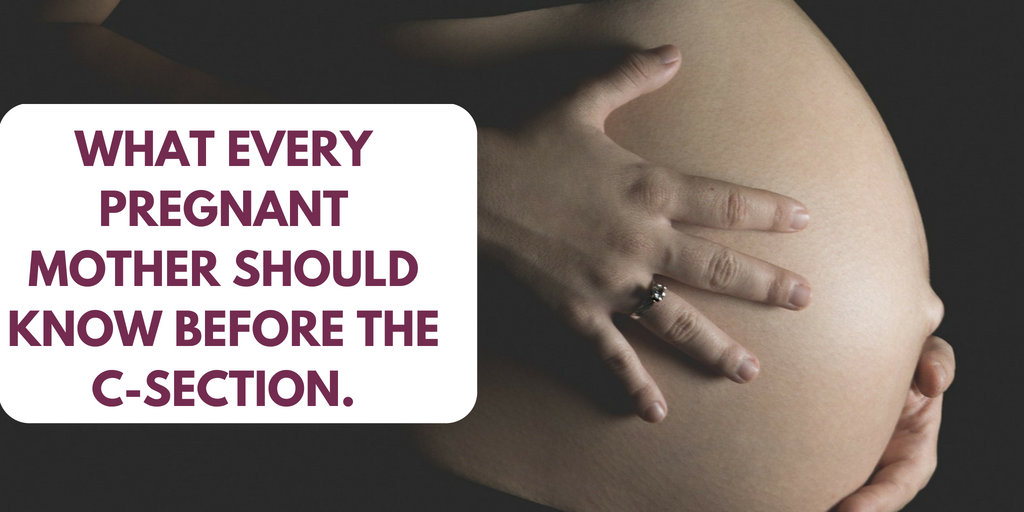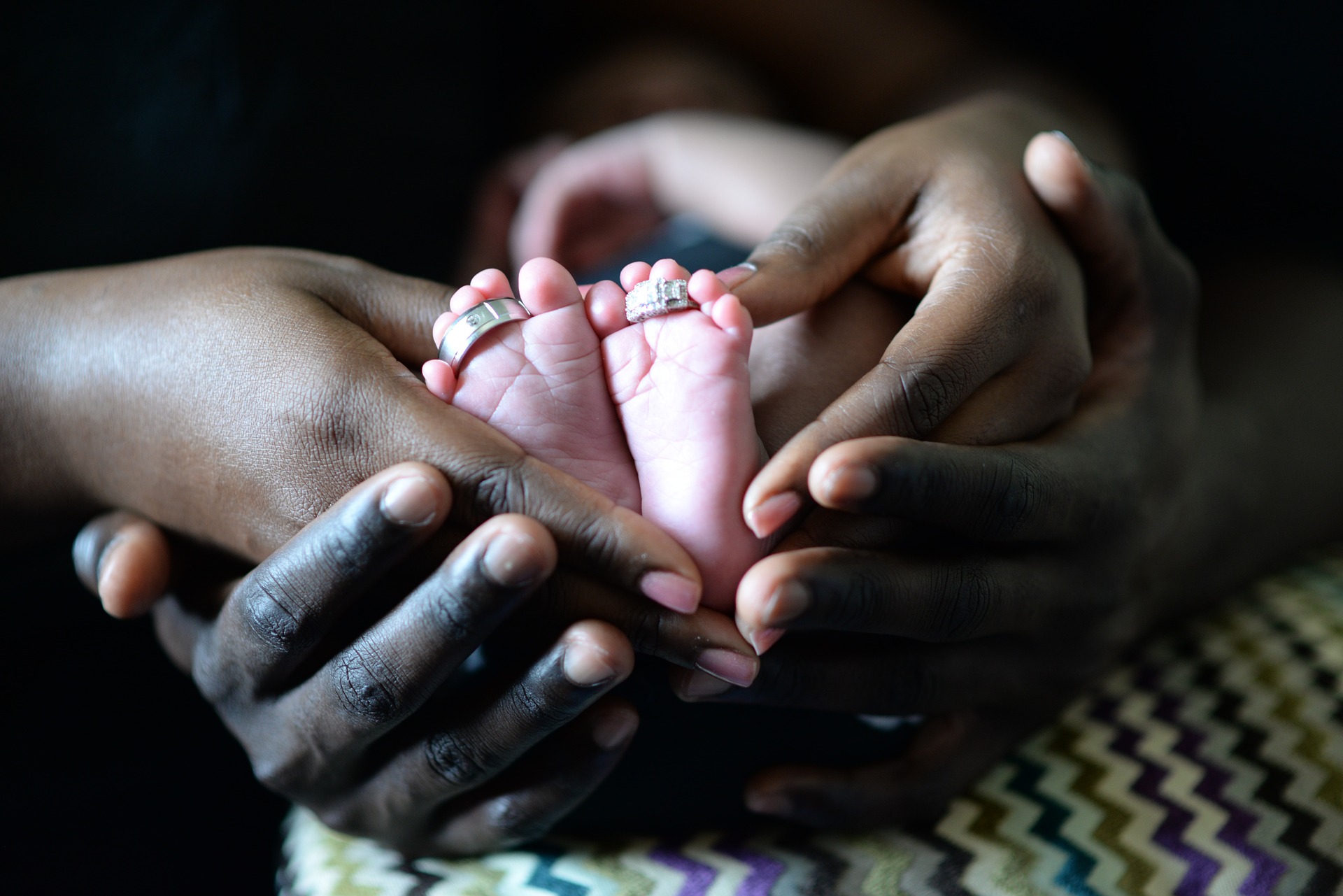If you are expecting a baby anytime soon, you’re probably wondering if you will have the energy to push or will opt for a c-section. Maybe you’ve talked to your doctor already or have asked other mothers about it. It is important for pregnant mothers to get the facts and understand the options available in order to prepare psychological for delivery and also make decisions that suit them and the baby. I also believe knowledge is power when it comes to avoiding common mishaps occurring to women during delivery or even coping with their bodies post delivery.
1 in 3 mothers go through a c-section. Experts agree that’s too many.
Which is safer, vaginal birth or a c-section?
Pushing is obviously much safer than a c-section for most women and babies. It should be the most favoured option in a normal situation. The biggest advantage is a faster and shorter recovery that allows the mother to enjoy being with her baby.
When is a c-section necessary?
A c-section is the ONLY safe option if the baby’s and mother’s life are in possible danger. For instance, if the baby is positioned side to side (transverse lie) or the placenta is covering the cervix (placenta previa), then c-section is the only way out. It can also be difficult to birth a baby in breech position and some babies get injured during vaginal birth. Another situation can be if the fetal heart rate changes in the course of labour to signal that they are not getting enough oxygen. In such cases, a c-section may reduce the chance that your baby get’s injured or them dying in the process. Pregnant women have the right to know the risks and possible benefits and only they can decide how important it is to them.
But in case your doctor or midwife suggests you have a c-section, how can you know if it’s right for you?
Should your doctor hint of a c-section earlier on in the pregnancy, you have plenty of time to ask questions and gather the information you need. Unless it comes down to an emergency c-section where decisions must be made fast, any pregnant mother should consider asking the following:
- What is the benefit to me and the baby?
- What happens if I opt for vaginal birth?
- What problems can I develop if i opt for c-section?
- What are the dangers of a c-section to my body and health?
- How can I overcome them?
Can where you give birth make a difference? A BIG YES!
C-sections are on the rise due to the lucrative business they bring, especially to private hospitals. Modern mothers fear pain or the hassle of child birth therefore c-sections become the easy way out. Interestingly, hardly are c-sections popular in public and a few missionary hospitals unless it’s absolutely necessary. One of the most effective ways to avoid a c-section is to deliver in a setting with a low c-section rate.
What happens if the situation calls for a c-section or take the decision to get on with it?
- If you have been scheduled for a c-section, wait until at least 39 weeks unless there’s a medical reason to have your baby sooner. Those last days and weeks are important in developing your baby’s lungs, the brain and other organs . Babies born prematurely may need special care and may develop other complications along the way.
- Ask for antibiotics at the time of the c-section. Antibiotics reduce the chance of an infection.
- Ask for your uterus to be closed in two layers of stitches (double layer uterine suturing). Some studies show that this makes labor safer if you want other babies in future.
- Request care after surgery to reduce chances of blood clots.
- Have your baby and labour companion with you in the recovery area. They can help you with holding and breastfeeding the baby soon after delivery so you can bond and avoid breastfeeding problems.
- Have your partner be with the baby in the nursery. If you must be away from the baby because of concerns about your health or even baby’s health, it is comforting to know that your partner is there and can bring you word on the baby’s condition.
- Plan for extra help at home. As you will still be recovering, it may be difficult or painful to walk or do house chores for the first few weeks. Try as much as possible not to be mobile or lift items except your baby. Employ the services of a house help and if possible, have a family member stay with you for several days after you get home.
*Every information above is as a result of research. Mothers may need to counter check or consult with their medical doctor depending on the circumstance. This post is purely to offer knowledge and not offer or contradict clinical diagnosis.






2 Comments
hellen
June 19, 2018 at 9:40 amaawww women go through alot to own a title mother
Tina
August 6, 2018 at 1:23 pmThey sure do. ‘Strength of a woman’